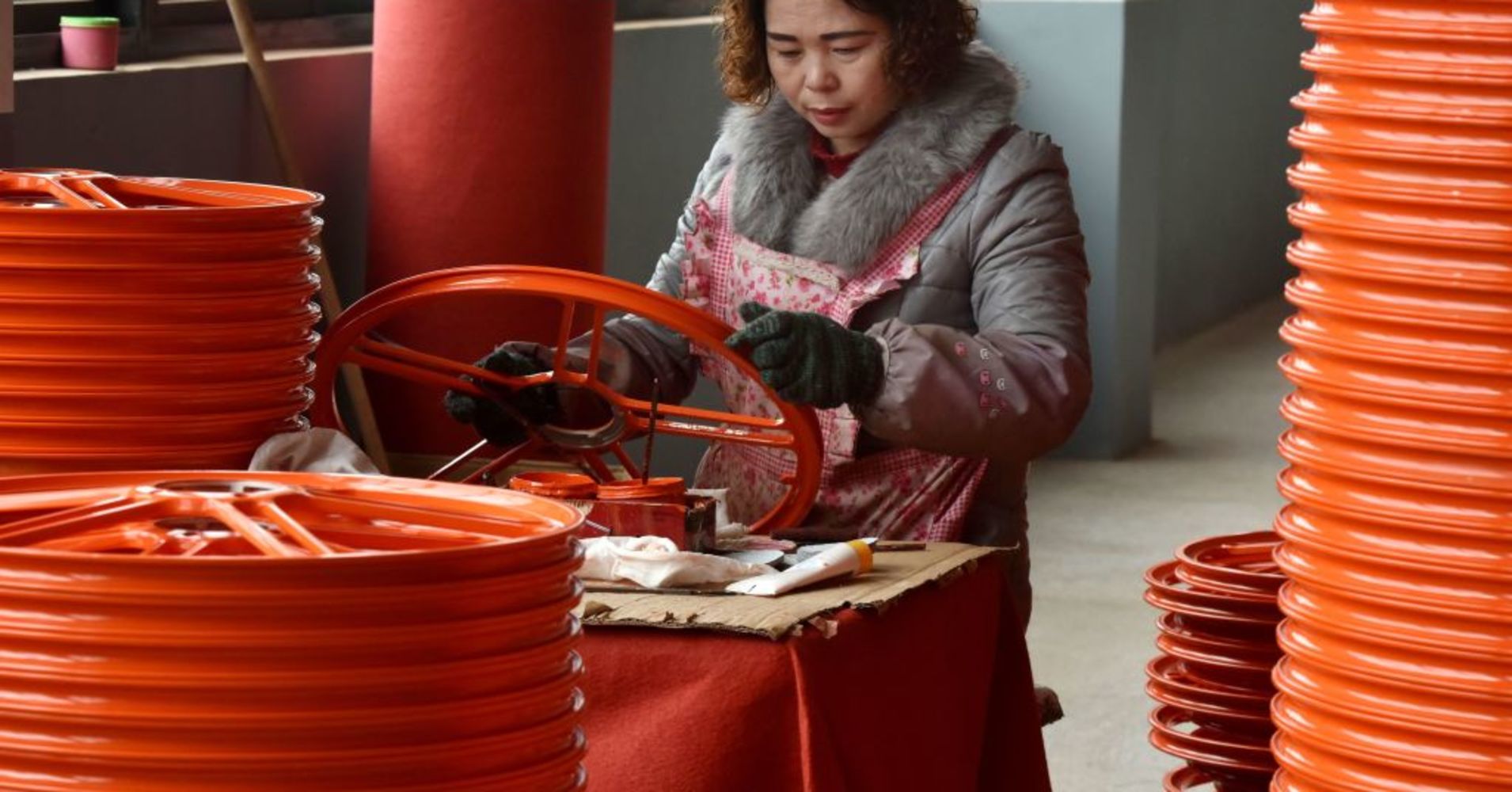[ad_1]
The Caixin manufacturing PMI reading released on Monday matched the expectations of economists polled by Reuters who had forecast the index to have fallen to 50.6 in August from 50.8 in July.
A reading above 50 indicates expansion, while a reading below that signals contraction.
The private survey also found that employment was falling amid inflationary pressures on firms, with companies noting increases in both input and output costs for the month of August.
China reported on Friday that factory activity was higher than expected in August, with the official manufacturing Purchasing Manager’s Index coming in at 51.3 from 51.2 in July.
Economic data from China is being closely watched amid a trade war between Beijing and Washington.
In August, the U.S. and China slapped tariffs on $16 billion worth of goods on each other. Both countries also imposed tit-for-tat levies on $34 billion worth of each other’s imports in July.
Market watchers are now keeping their eyes on a fresh round of potential U.S. tariffs on $200 billion worth of Chinese goods expected later this year.
Data for July from China suggested that the world’s second-largest economy was already being affected by the U.S. tariffs.
In July, both official and a private PMI reading by Caixin and IHS Markit fell, with the private manufacturing index dropping to a eight-month low due to a decline in export orders.
The outlook did not appear positive.
“Generally speaking, the manufacturing sector continued to weaken amid soft demand, even though the supply side was still stable,” said Zhengsheng Zhong, director of macroeconomic analysis at CEBM Group, a Caixin subsidiary.
“I don’t think that stable supply can be sustained amid weak demand. In addition, the worsening employment situation is likely to have an impact on consumption growth. China’s economy is now facing relatively obvious downward pressure,” Zhong added in the news release on Monday.
China’s official PMI gauge focuses on large companies and state-owned enterprises, while another set of readings by Caixin and IHS Markit focuses on small and medium-sized enterprises.
—Reuters contributed to this report.
[ad_2]
Source link Google News


Leave a Reply